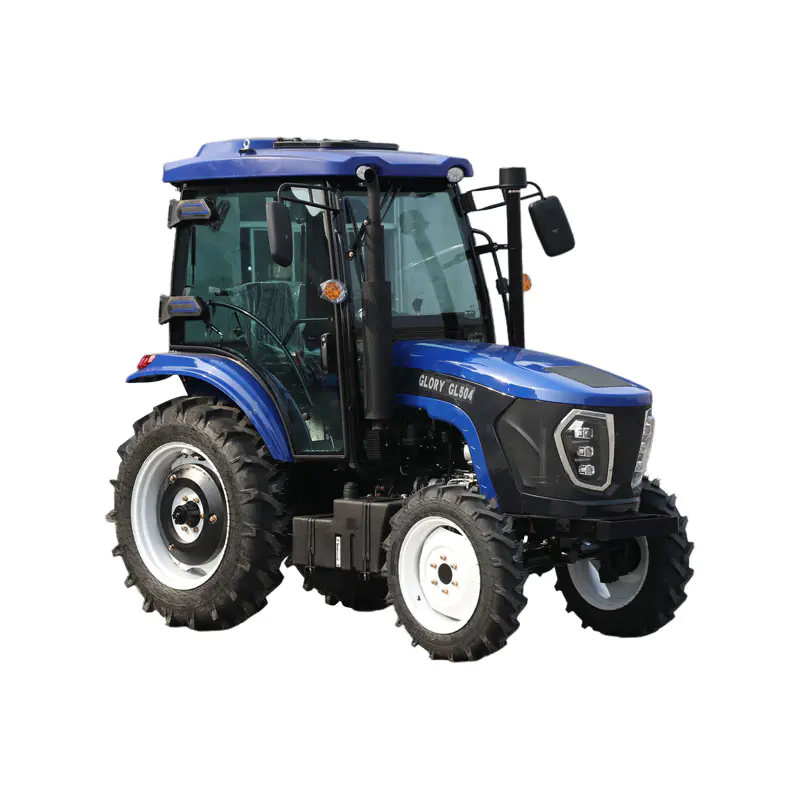The Evolution of Tractors: From Horsepower to High-Tech Machinery
2025-04-01
Tractors have revolutionized agriculture, transforming it from labor-intensive manual work to a highly efficient industry. Over the years, these machines have evolved from simple mechanical devices to sophisticated high-tech systems that optimize farming operations. This blog explores the history, development, and impact of tractors on modern agriculture.
Early Days: The Birth of Tractors
Before the invention of tractors, farmers relied on horses and oxen for plowing fields. The first steam-powered tractors appeared in the late 19th century, but they were bulky and inefficient. The real breakthrough came with the introduction of internal combustion engine tractors in the early 20th century.

Key Milestones in Tractor Evolution
1. 1900s-1930s: The Rise of Gasoline Tractors – Early gasoline-powered models replaced steam engines, making tractors more practical and accessible to farmers.
2. 1940s-1960s: Diesel Revolution – The shift to diesel engines improved fuel efficiency and durability, leading to widespread adoption.
3. 1970s-1990s: Mechanization and Specialization – Tractors became more specialized, with advancements such as four-wheel drive, hydraulic systems, and GPS navigation.
4. 2000s-Present: Smart and Autonomous Tractors – Modern tractors are equipped with AI, automation, and precision farming technology to maximize productivity and minimize environmental impact.
The Impact of Tractors on Agriculture
- Increased Productivity: Tractors significantly reduce the time and effort required for plowing, planting, and harvesting.
- Precision Farming: Advanced GPS and sensor technologies allow farmers to optimize field usage and reduce waste.
- Sustainability: Modern tractors help implement eco-friendly farming practices by reducing fuel consumption and soil compaction.
Conclusion
From simple steam engines to AI-powered machines, tractors have continuously evolved to meet the demands of modern agriculture. As technology advances, these indispensable machines will continue to shape the future of farming, ensuring higher yields and sustainability for generations to come.


